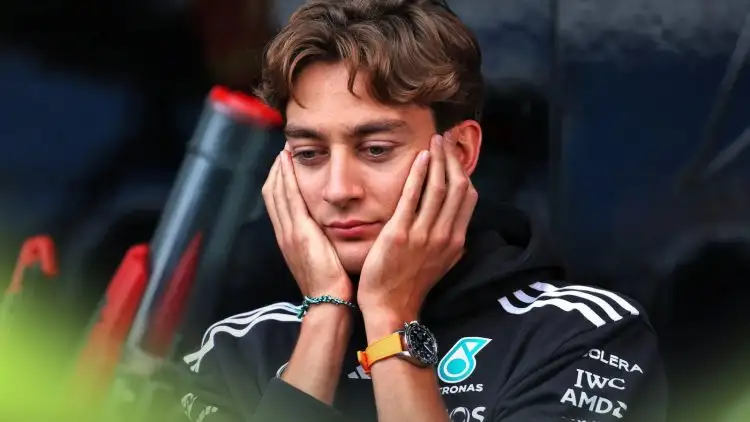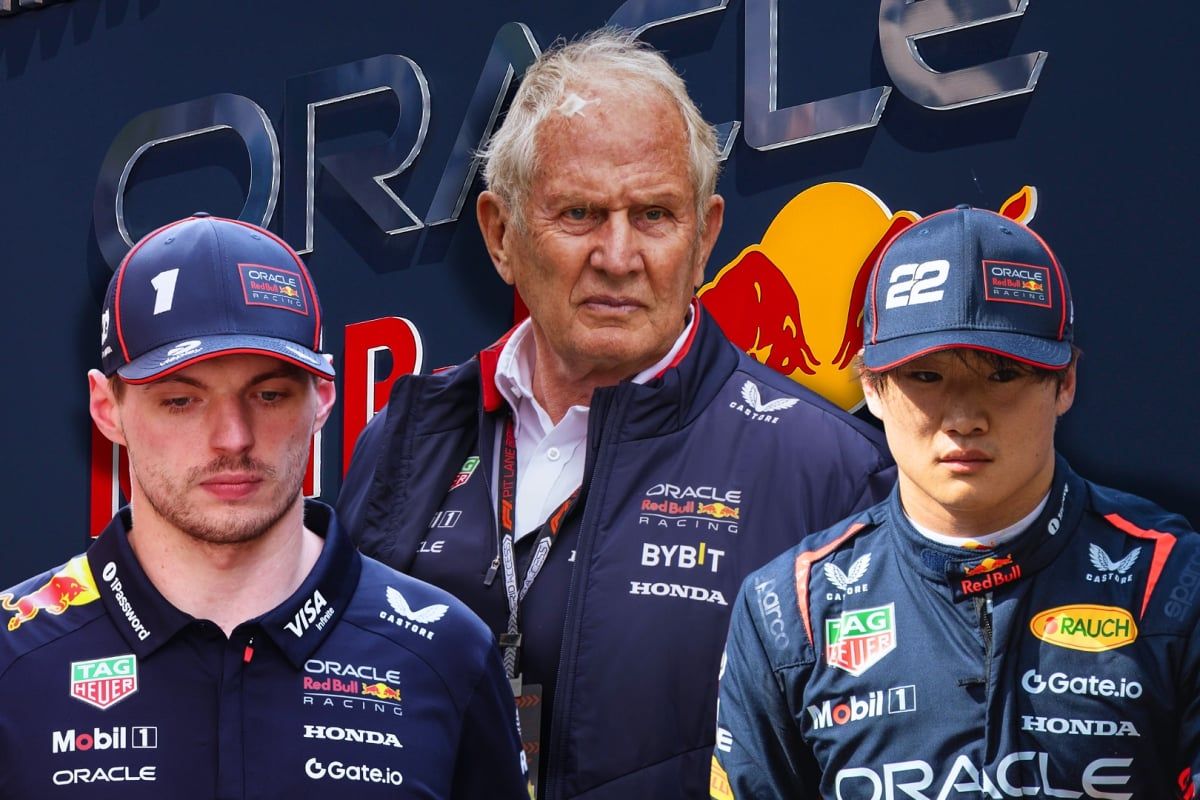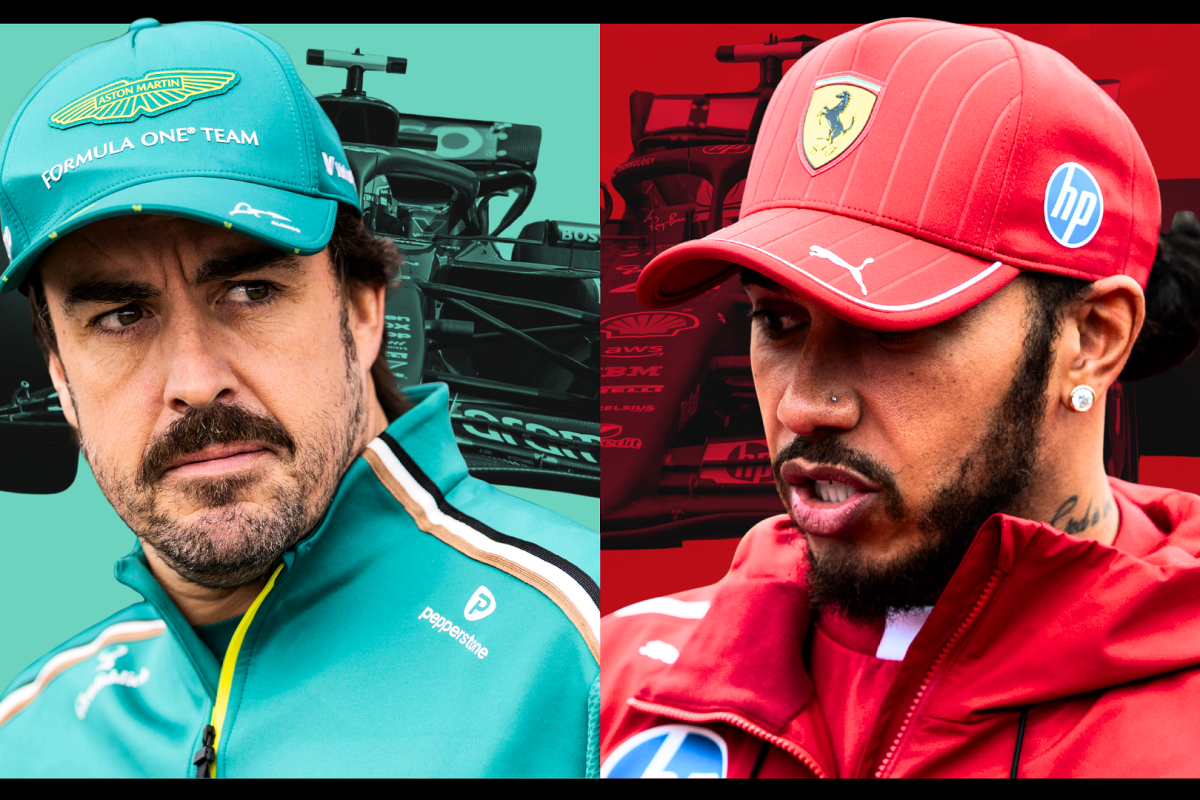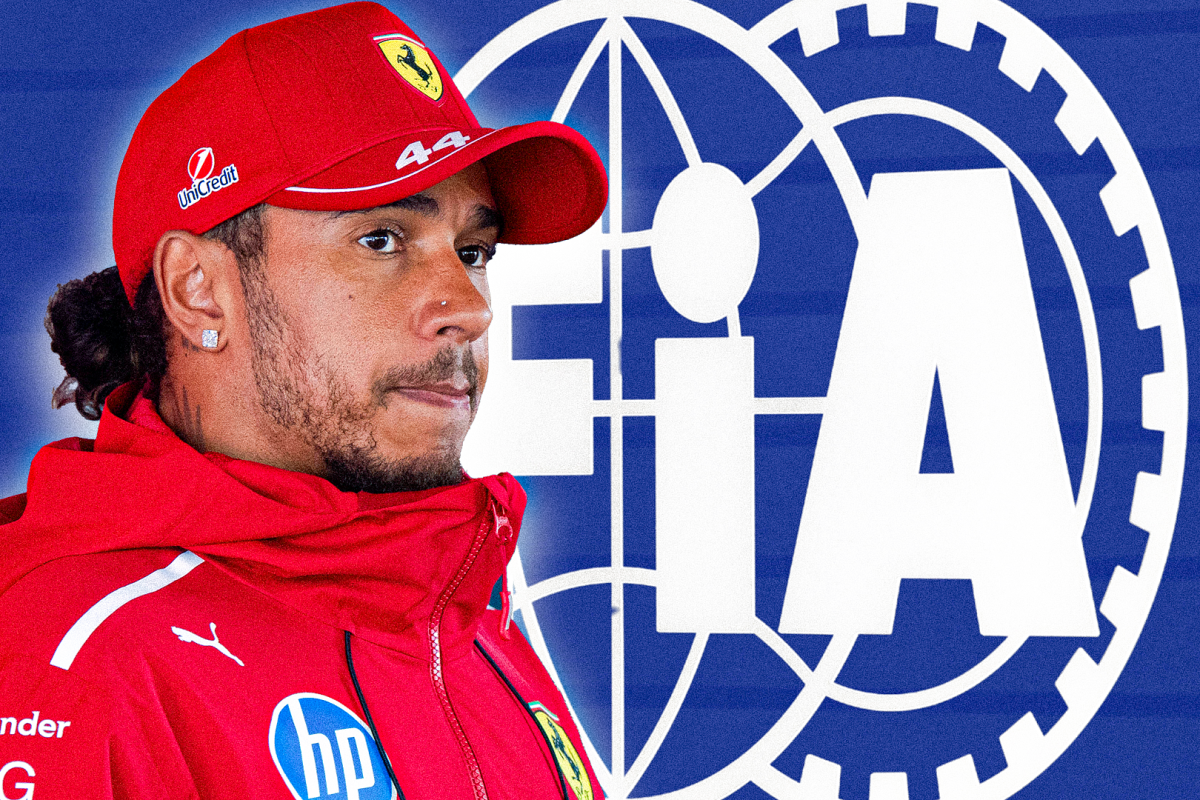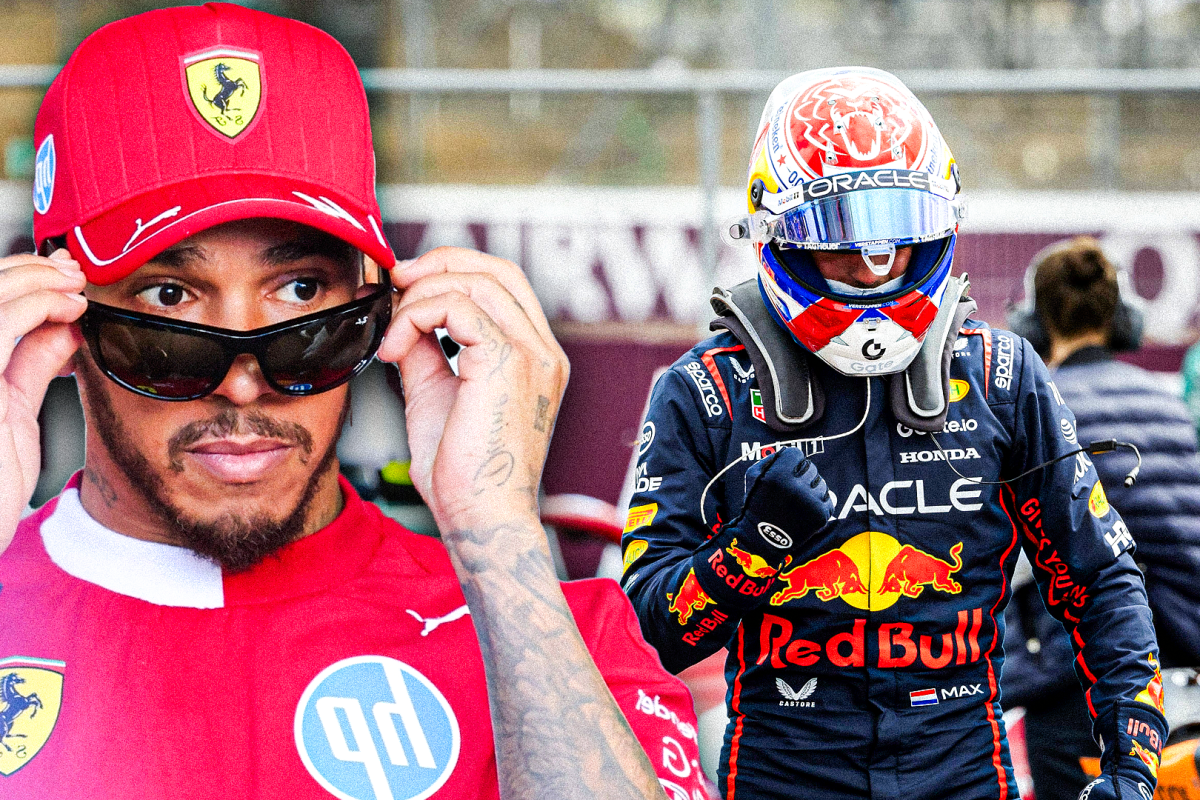Double Trouble: George Russell and Yuki Tsunoda Face FIA Penalties After S… read more
The Formula 1 world is reeling after the Fédération Internationale de l’Automobile (FIA) issued penalties to both Mercedes’ George Russell and AlphaTauri’s Yuki Tsunoda following separate investigations into incidents during the recent [Insert Grand Prix Name Here] Grand Prix. The decisions, announced late [Insert Date Here], have sparked a heated debate amongst fans and pundits alike, focusing on the consistency and fairness of the stewards’ judgments. The repercussions extend beyond the immediate point deductions and grid penalties, impacting the ongoing championship battles and highlighting the ever-evolving complexities of race officiating in the pinnacle of motorsport.
George Russell’s infraction stemmed from an incident during [Specify the incident, e.g., the formation lap, a safety car restart, a specific overtaking maneuver]. Initial reports suggested [Summarize initial reports and speculation about the incident, e.g., a late braking maneuver forcing another driver off track, a potential unsafe release from the pits]. The stewards, after reviewing multiple angles of onboard footage, telemetry data, and driver statements, determined that Russell had breached Article [Insert Relevant Article Number of the FIA International Sporting Code] concerning [Specify the precise rule broken, e.g., unsportsmanlike conduct, dangerous driving, impeding another driver]. The severity of the offense was assessed considering [Explain the mitigating and aggravating factors considered by the FIA, e.g., whether there was contact, the potential for an accident, the driver’s prior record]. The resulting penalty comprised [Specify the penalty received by Russell, e.g., a five-place grid drop for the next race, three penalty points on his superlicense]. This penalty is particularly significant because [Explain the impact of this penalty on Russell’s championship standings and potential future consequences].
Meanwhile, Yuki Tsunoda faced scrutiny for a completely separate incident involving [Describe Tsunoda’s incident, e.g., a collision with another driver, a reckless overtaking attempt, disregarding track limits]. The initial reaction to Tsunoda’s actions was [Describe the initial reaction, e.g., widespread criticism on social media, immediate calls for a penalty from rival teams]. The FIA’s investigation included [Detail the FIA’s investigation methods, e.g., a detailed analysis of the onboard cameras, examination of telemetry data, interviews with Tsunoda and the other involved driver(s)]. The stewards found Tsunoda culpable of [Specify the rule broken by Tsunoda, e.g., causing a collision, irresponsible driving], leading to a penalty of [Specify Tsunoda’s penalty, e.g., a drive-through penalty, a time penalty, a grid drop, penalty points on his superlicense]. The severity of the penalty was justified by the stewards based on [Explain the reasoning behind the penalty, e.g., the impact of the incident on the race, the potential for injury, Tsunoda’s driving history]. This penalty comes at a crucial point for Tsunoda, who [Explain how this penalty impacts Tsunoda’s performance, team position, and future prospects].
The contrasting nature of the two incidents and the resulting penalties has ignited debate. Some commentators have questioned the consistency of the FIA’s decision-making, arguing that the penalties don’t accurately reflect the severity of the offenses. Others have defended the stewards, highlighting the complexities of judging on-track incidents, the need to consider a wide range of factors, and the responsibility of drivers to maintain safe and sporting conduct. The application of the FIA’s International Sporting Code, with its numerous articles and varying interpretations, remains a point of contention. Critics argue for clearer guidelines and more transparency in the decision-making process, suggesting that live telemetry data be made public to allow for better understanding and prevent accusations of bias. The FIA, however, maintains its commitment to upholding fair play and ensuring the safety of all participants, emphasizing that decisions are made based on objective evidence and a comprehensive analysis of each incident.
Beyond the immediate impact on Russell and Tsunoda, the double investigation highlights the growing pressure on drivers to maintain impeccable conduct. The accumulation of penalty points on superlicenses can lead to suspensions, which can dramatically alter a driver’s career trajectory. The fines and grid penalties also affect team strategies and championship points, adding another layer of complexity to the already intensely competitive world of Formula 1. The outcome of these investigations will undoubtedly influence future driver behavior and continue to shape the debate surrounding officiating in the sport. The FIA’s approach to incident management remains a key talking point as Formula 1 navigates its ever-evolving landscape of technological advancements and increasingly aggressive racing.
